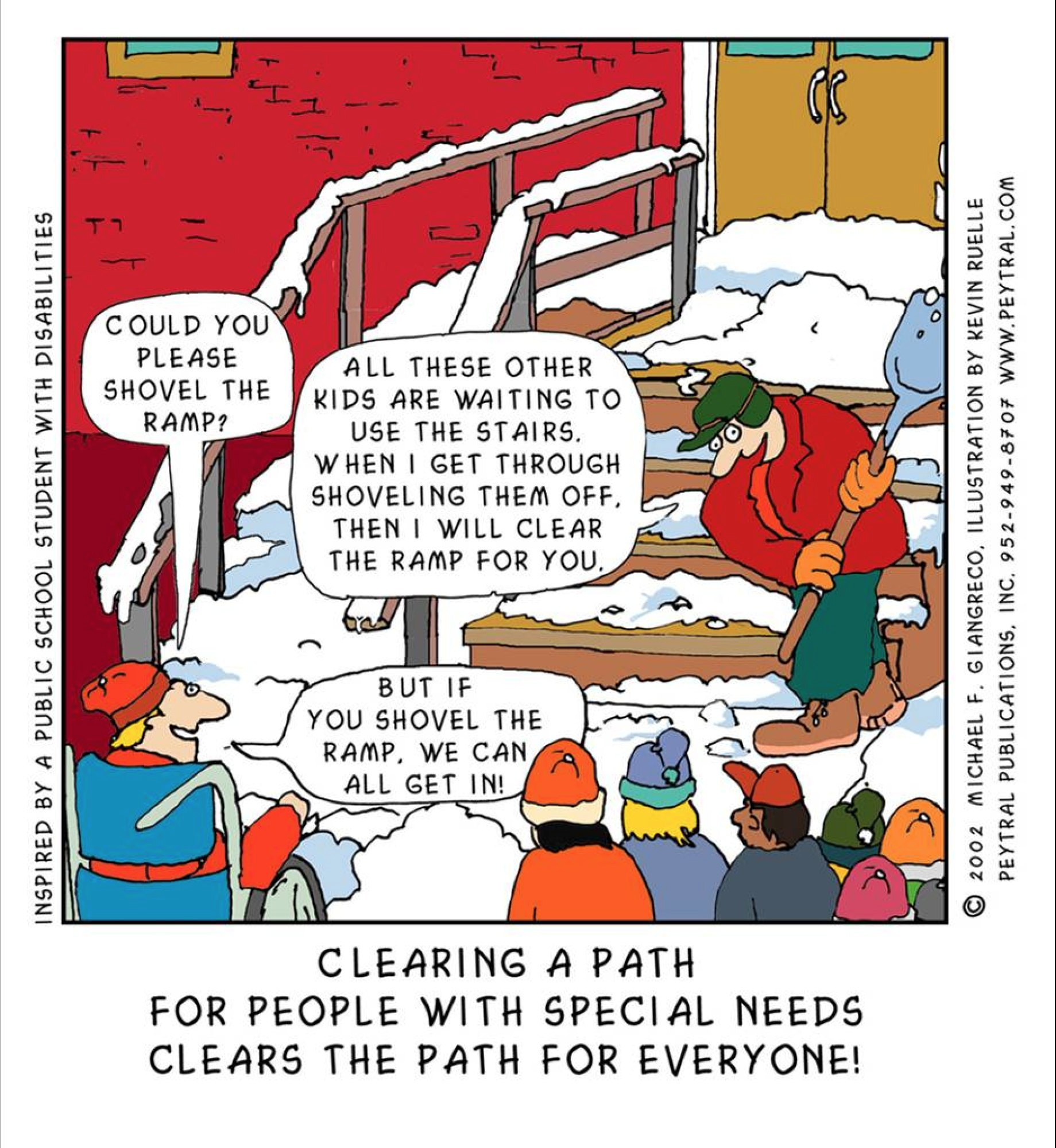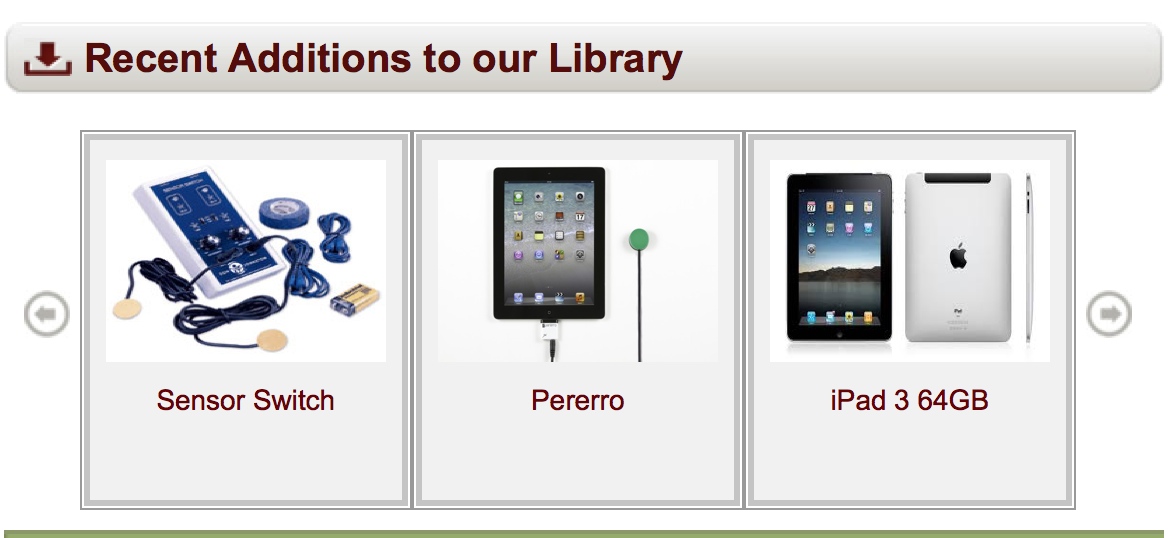4.4 Supportive Technology
3. Learn: About Supportive Technology
3.2. Beyond Universal Supports
Assistive Technology
Many teachers are using technology to provide access to content for all kinds of learners. Some of the tools you've learned about earlier in this module are examples of assistive technology. But even in a classroom where a teacher works hard to provide a variety of learning options for students who learn differently, some students with disabilities will still need additional technology support specific to their learning needs. This is called Assistive Technology (AT). When assistive technology is appropriately integrated into the classroom, students are provided with alternative means to complete their work and make progress in the curriculum.

Assistive technology (AT) is any tool that helps students with disabilities do things more easily, effectively, accurately or independently. The federal education law, IDEA 2004, says that education teams must consider, at least once a year, whether a student with an IEP needs assistive technology in order to receive an adequate education. For example, a student with poor vision might need enlarged text. A student who understands the science content at the 8th grade level, but reads at the 4th grade level, uses a digital version of the textbook, with text to speech software.
|
Help is closer than you think: In every county in Michigan, there is an expert in the field of Assistive Technology who can help teams consider, assess, select and implement assistive technology devices and services. For a complete list of Assistive Technology contacts, click here |
Consideration
When thinking about a student's AT needs, teams should think the task the student needs to accomplish (for example, writing a constructive response), which part of the task is difficult for the student and any environmental considerations that may impact completing the task. Teams should also think about the student strengths and try to utilize those strengths to overcome the needs. Then, they match the needs to an AT tool and try it out. This is called the AT Consideration Process. You practiced the AT consideration process when you completed the Diverse Learner Plan earlier in this module.
Assistive Technology Lending Library
Many counties have AT lending libraries when AT is loaned for trial to teachers in the county. Check with your County AT Contact person. Michigan also has a statewide lending library. Michigan educators can borrow AT equipment from the Michigan Integrated Technology Supports (MITS). To browse the MITS AT lending library click here.
Accessible Instructional Materials

Best practice would ensure that all learning materials are accessible and flexible. For students with verified print disabilities, it goes beyond best practice and becomes a legal obligation. School are required to provide accessible formats to students who have a documented print disability and require an accessible format (Digital, Audio, Large Print, Braille).
There are several sources for accessible instructional materials (each with specific eligibility criteria). Once such source is Bookshare. Bookshare is a library of accessible books for people who meet specific eligibility criteria for print disabilities. Bookshare, funded through the US Department of Education, Office of Special Education Programs grant, offers FREE memberships for qualified schools and students in the United States.
Another resource for students with visual impairments is the Michigan Department of Education - Low-Incidence Outreach (MDE-LIO) project. MDE-LIO is a statewide resource for Braille and Large Print.
